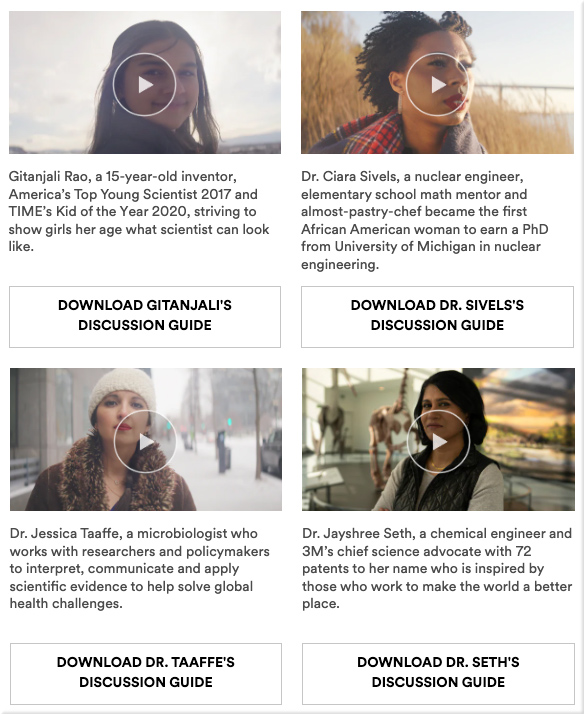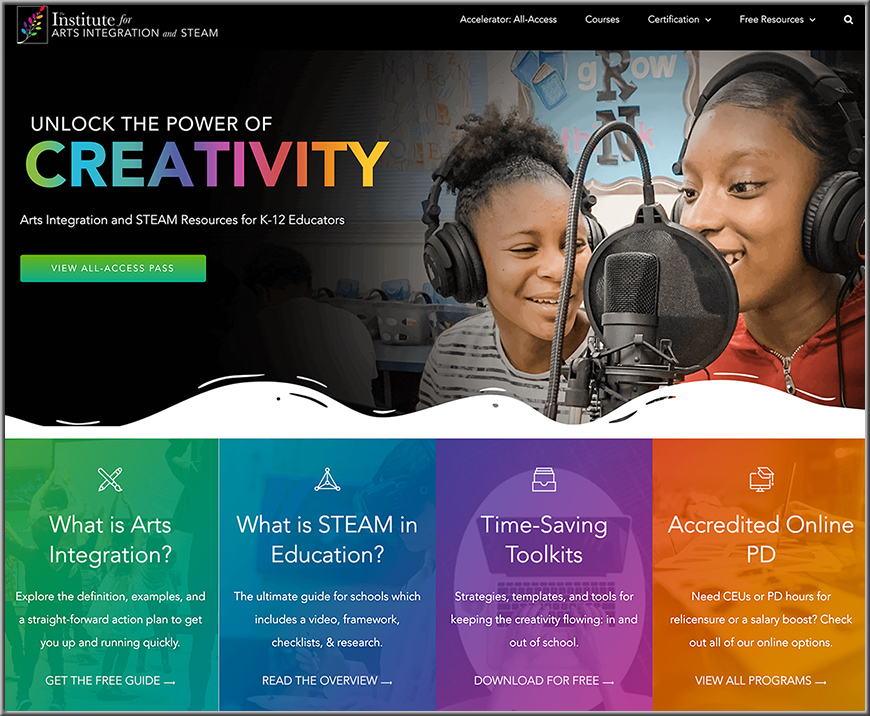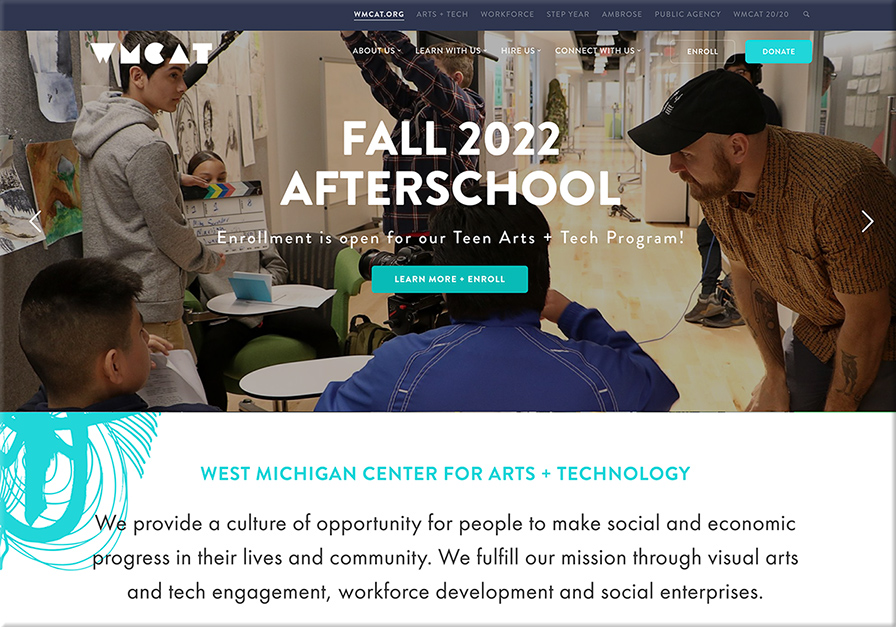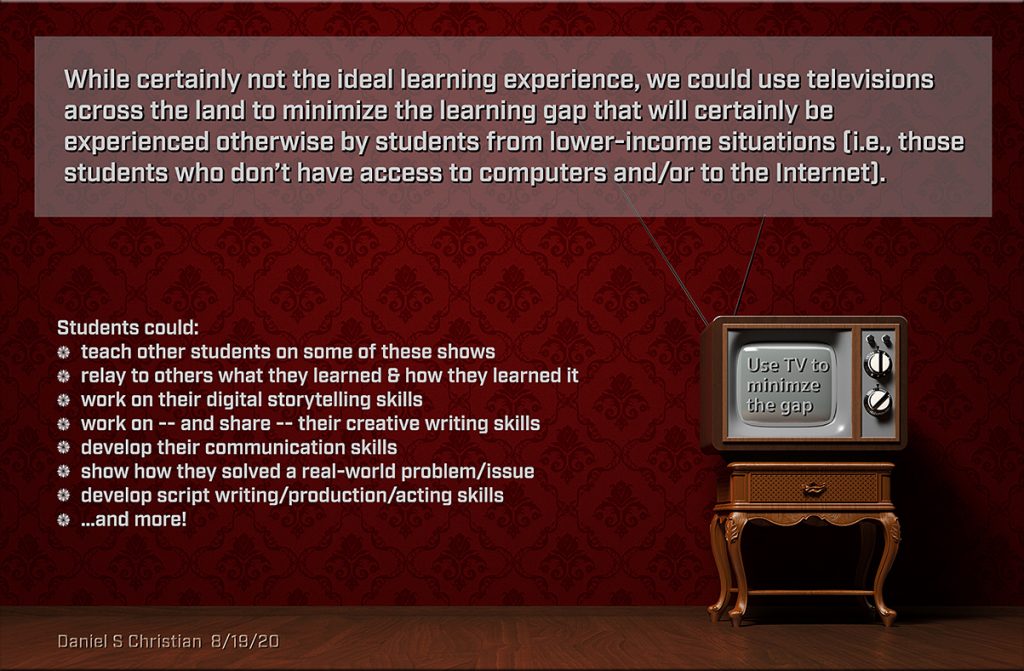10 Extreme Challenges Facing Schools — from stefanbauschard.substack.com by Stefan Bauschard
TL;DR
Schools face 10 extreme challenges
– assessment
– funding
– deportations
– opposition to trans students
– mental health
– AI/AGI world
– a struggle to engage students
– too many hats
– war risks
– resource redistribution and civil conflict
Hundreds of thousands of students are entitled to training and help finding jobs. They don’t get it — from hechingerreport.org by Meredith Kolodner
The best program to help students with disabilities get jobs is so hidden, ‘It’s like a secret society’
There’s a half-billion-dollar federal program that is supposed to help students with disabilities get into the workforce when they leave high school, but most parents — and even some school officials — don’t know it exists. As a result, hundreds of thousands of students who could be getting help go without it. New Jersey had the nation’s lowest proportion — roughly 2 percent — of eligible students receiving these services in 2023.
More than a decade ago, Congress recognized the need to help young people with disabilities get jobs, and earmarked funding for pre-employment transition services to help students explore and train for careers and send them on a pathway to independence after high school. Yet, today, fewer than 40 percent of people with disabilities ages 16 to 64 are employed, even though experts say most are capable of working.
The article links to:
Pre-Employment Transition Services
Both vocational rehabilitation agencies and schools are required by law to provide certain transition services and supports to improve post-school outcomes of students with disabilities.
The Workforce Innovation and Opportunity Act (WIOA) amends the Rehabilitation Act of 1973 and requires vocational rehabilitation (VR) agencies to set aside at least 15% of their federal funds to provide pre-employment transition services (Pre-ETS) to students with disabilities who are eligible or potentially eligible for VR services. The intent of pre-employment transition services is to:
improve the transition of students with disabilities from school to postsecondary education or to an employment outcome, increase opportunities for students with disabilities to practice and improve workplace readiness skills, through work-based learning experiences in a competitive, integrated work setting and increase opportunities for students with disabilities to explore post-secondary training options, leading to more industry recognized credentials, and meaningful post-secondary employment.
Repurposing Furniture to Support Learning in the Early Grades — from edutopia.org by Kendall Stallings
A kindergarten teacher gives five practical examples of repurposing classroom furniture to serve multiple uses.
I’m a supporter of evolving classroom spaces—of redesigning the layout of the room as the needs and interests of students develop. The easiest way to accommodate students, I’ve found, is to use the furniture itself to set up a functional, spacious, and logical classroom. There are several benefits to this approach. It provides children with safe, low-stakes environmental changes; fosters flexibility; and creates opportunities for spatial adaptation and problem-solving. Additionally, rearranging the room throughout the school year enables teachers to address potential catalysts for challenging behaviors and social conflicts that may arise, while sparking curiosity in an otherwise-familiar space.
How Teacher-Generated Videos Support Students in Science — from edutopia.org by Shawn Sutton
A five-minute video can help students get a refresher on important science concepts at their own pace.
While instructional videos were prepared out of necessity in the past, I’ve rediscovered their utility as a quick, flexible, and personal way to enhance classroom teaching. Instructional videos can be created through free screencasting software such as Screencastify, ScreenRec, Loom, or OBS Studio. Screencasting would be ideal for the direct presentation of information, like a slide deck of notes. Phone cameras make practical recording devices for live content beyond the computer screen, like a science demo. A teacher could invest in a phone stand and ring light at a nominal cost to assist in this type of recording.
However, not all teacher videos are created equal, and I’ve discovered four benefits and strategies that help make these teaching tools more effective.
- Building Connections With Students as a Middle School Principal — from edutopia.org by Cristiana Jurgensen
This simple (and tasty!) strategy can help middle school principals get to know their students and create a welcoming school community. - 6 Strategies for Building a Sustainable STEM Ecosystem — from edutopia.org by Rich Schiccatano
Upper elementary teachers can use these ideas to create meaningful, interdisciplinary STEM opportunities that encourage experimentation.










.webp)









